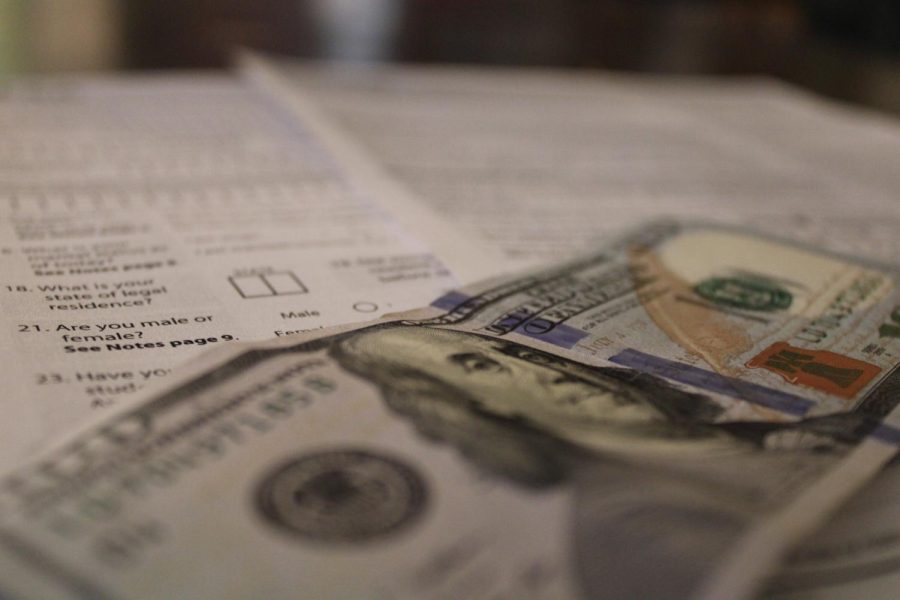Student loan forgiveness: not-so clearcut
August 24 sparked levels of rejoicing and anguish as President Joe Biden followed through with one of his main campaign promises with the forgiveness of almost all federal student debt. While complaints about the legality and morality of his presidential order, the overall notion within the nation remains one of cheer. “The mass cancellation of federal student loans will not only remove a crushing economic weight for tens of millions of people; it will lift a significant emotional one, too. This psychological shift could, in turn, have further political implications, by emboldening those who find their obligations overwhelming to engage in collective action aimed at winning more relief and changing the policies that make indebtedness so pervasive,” filmmaker Astra Taylor said.
September 12, 2022
College graduates and high school seniors rejoiced as President Joe Biden released his long-waited forgiveness program for student loans on August 24. Up until recently, the public waited for the Biden-Harris Administration to come through with its promise, and its deliverance has brought joy to the 43 million with federal student debt.
“Hundreds of millions of people are in debt not because they are immoral and live beyond their means but because they are denied the means to live. Debt jubilees are part of righting this wrong, but as Mr. Biden’s student debt relief plan shows, they won’t happen unless debtors rise and demand them. The first step is abolishing the shame that makes us reluctant to fight for what we deserve,” filmmaker Astra Taylor said.
The presidential order officially covers up to $20,000 for those who received the Pell grant, while covering $10,000 for those with other federal loans. It also extends the pause on federal loan payments until December 31, 2022. As of September 2022, low to middle-class households garner over $24,000 in debt per year by sending children to four-year public institutions. The rates for Pell grants have leveled off at around $6,000 since 1988, making the order increasingly revolutionary to students and adults forced to take out loans for higher education. Additionally, the low range of the recipient income invokes happiness in the American public with a maximum amount of $125,000, far above the average bachelor’s degree income of $67,000.
The issues of the ever-increasing costs for higher education came to a head during the Great Recession of 2008 in America. Budget cuts within state departments, particularly within public institutions, faltered. This ultimately caused the price tag of college to shift toward the modern model of individual students collecting debt to attend school. Combining the two disasters of young students in hundreds of thousands of dollars in debt and graduating only to find a barren job market caused the monster of student debt to kill dreams of future financial security.
“My mom works in real estate and people hide their true amount of debt all the time. It makes sense why they do it too, though: having $500,000 in your name and you having no way to pay it off but you still wanna live that American dream and buy a home, it’s definitely a challenge for a lot of people, even us [as Gen Z],” magnet senior Nick Hayes said.
However, the act still comes with significant caveats. As it remains a federal implementation, the program does not waive those who collected private student debt. Additionally, financial analysts and political figures expect the forgiveness not to last long due to its shaky foundations.
“Outside of the fact that the amount of the federal grants have not been adjusted for inflation and it doesn’t address the problem because people are still going to college and they’re going to go into debt, most of the criticism comes from the concept that why, as a taxpayer, why should I be paying for someone’s education when I only make $50,000 a year, especially if they already paid off their loans. [For example] ‘I don’t make $125,000 a year and yet I have to pay someone’s debts that make twice as much as me?’ is hard to force many people to do,” AP US Government and Microeconomics teacher Steven Butler said.






